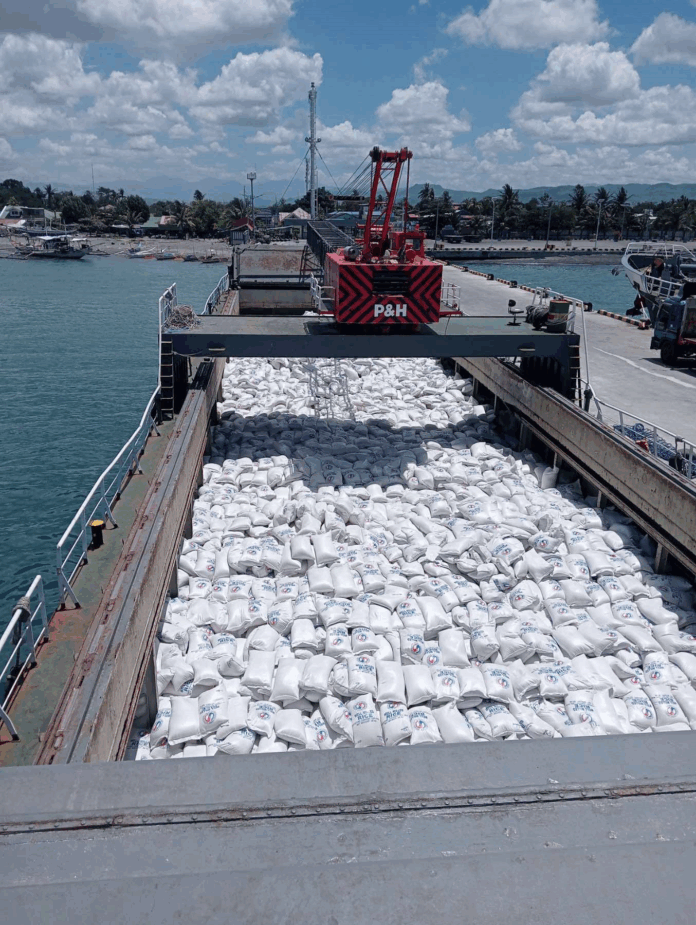Activist farmers criticized the rice import policy under Executive Order (EO) 105, saying it will worsen the plight of local rice producers.
Issued by Malacañang on Sunday, EO 105 keeps the 15 percent tariff on imported rice until December 31, 2025, and creates an inter-agency group on rice tariff adjustment to monitor and adjust import taxes based on global rice prices. Starting January 2026, tariffs range from 15 percent to 35 percent, depending on market movements.
The Kilusang Magbubukid ng Pilipinas (KMP) called the policy another step toward liberalizing the rice industry, warning it will make the country more dependent on imports. KMP said cheaper imports will hurt local farmers when global prices drop, while higher tariffs during price spikes will not benefit them due to poor support for local production. The group also criticized the lack of consultation with farmers before forming the inter-agency body.
The Samahang Industriya ng Agrikultura (Sinag) also opposed EO 105, calling it a “very unfortunate” move. Sinag executive director Jayson Cainglet said the 15 percent tariff was meant only as a temporary measure during last year’s price surge. With global rice prices now down to about US$330 per metric ton, he said restoring the 35 percent tariff is both economically sound and fair to farmers.
Both groups urged the government to scrap the “flexible tariff” policy and immediately return to the original 35 percent rate for ASEAN imports and 50 percent for non-ASEAN sources, warning that the current setup favors traders and importers over local producers.







